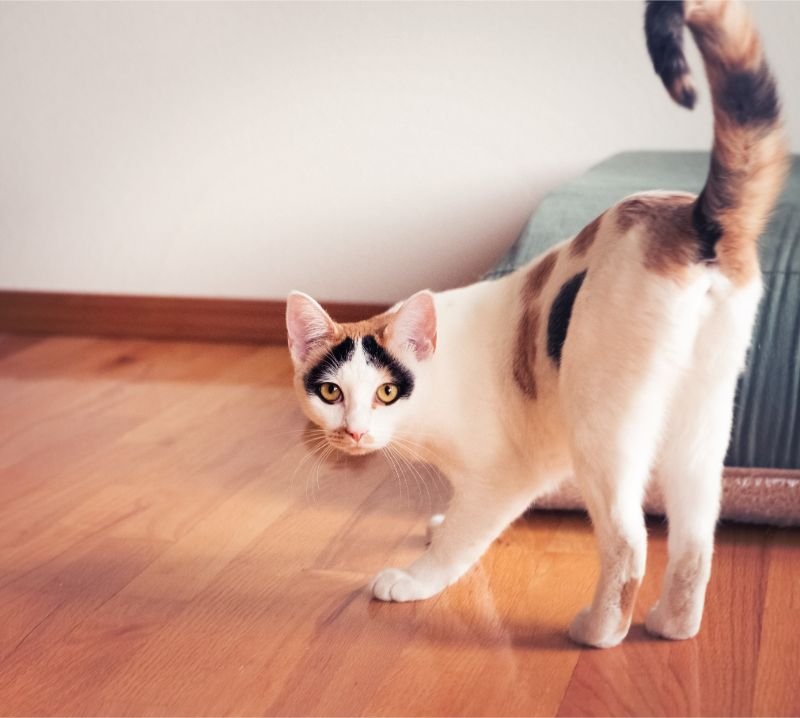Cats, with their enigmatic personalities and distinctive physical features, have been captivating human hearts for centuries. Among their many unique attributes, the tail is a fascinating appendage that plays a crucial role in their communication, balance, and expression. One common question among cat enthusiasts is whether a cat’s tail undergoes changes, specifically if it gets thinner as they age. In this article, we will delve into the intricacies of feline anatomy, behavior, and aging to explore the truth Do Cat Tails Get Thin with Age behind the myth of thinning cat tails.
The Importance of a Cat’s Tail
To understand why a cat’s tail might thin with age, we first need to understand the importance of the tail itself. The tail serves a myriad of functions in a cat’s life—from communication to balance.
Anatomy of a Cat’s Tail
The cat’s tail is an extension of its spine. But what exactly makes up a cat’s tail, and how might these components change as a cat ages?
Aging and the Cat’s Tail
As cats age, their bodies undergo a variety of changes, much like human bodies do. But does this affect the thickness of their tails?
Debunking the Myth
Now that we understand the anatomy of a cat’s tail and the changes cats undergo as they age, we can address the question: do cat tails get thin with age?
Conclusion
Understanding our feline friends is a complex task, filled with nuances and subtleties. The question of whether cat tails get thin with age is just one of many puzzles in the fascinating world of feline behavior and anatomy. As we continue to explore and learn, it becomes clear that there is still much to discover about our enigmatic companions.
